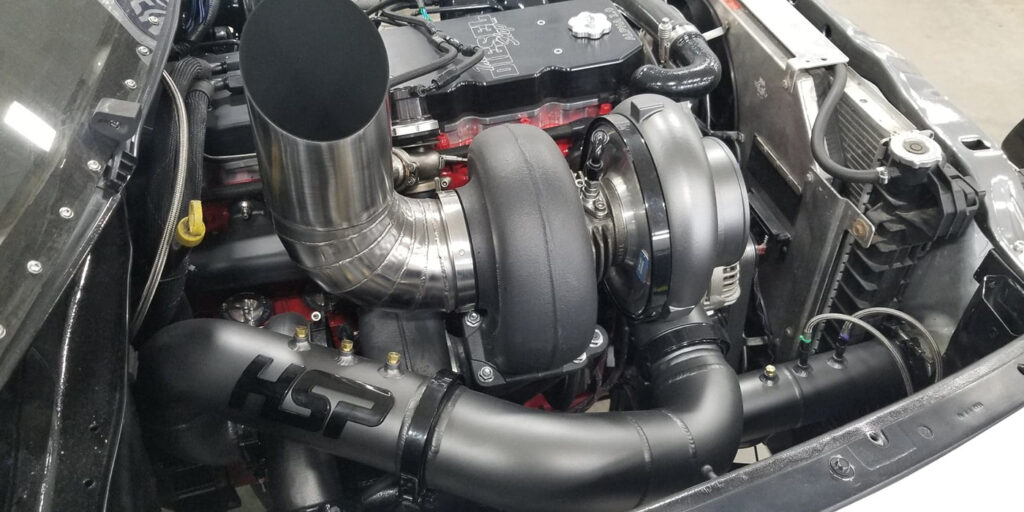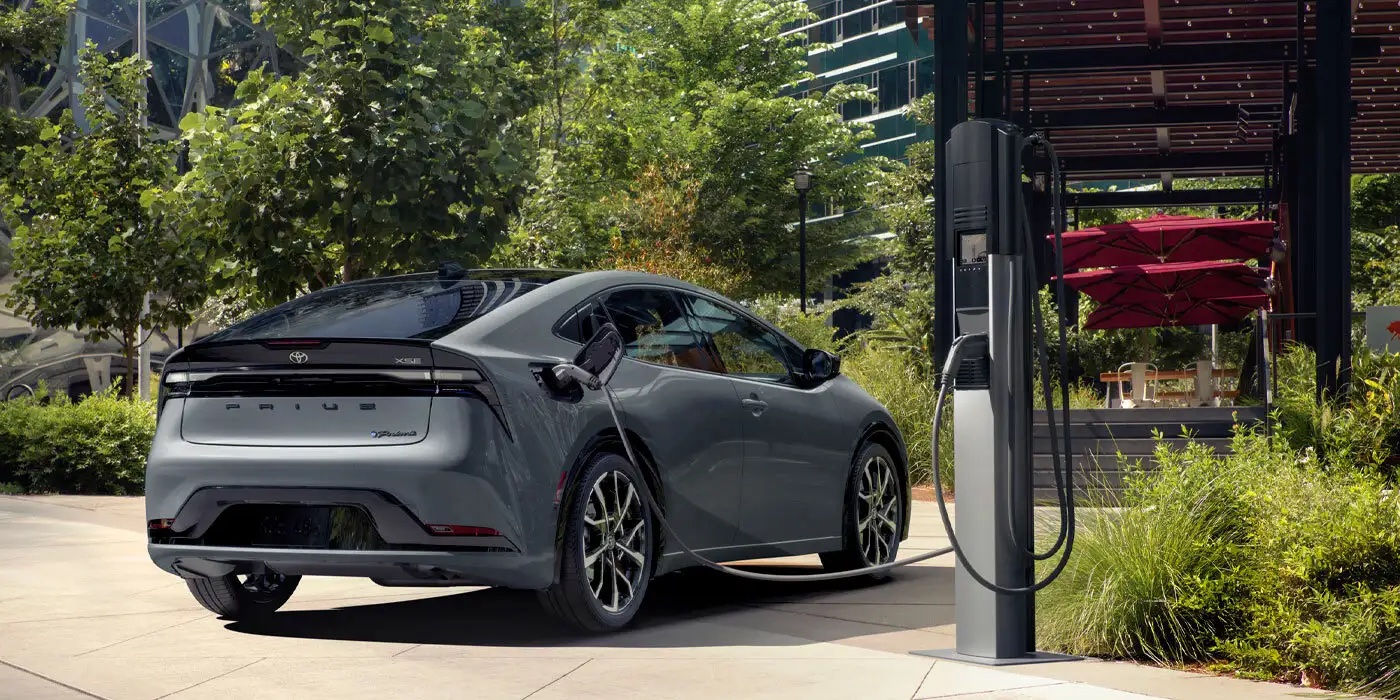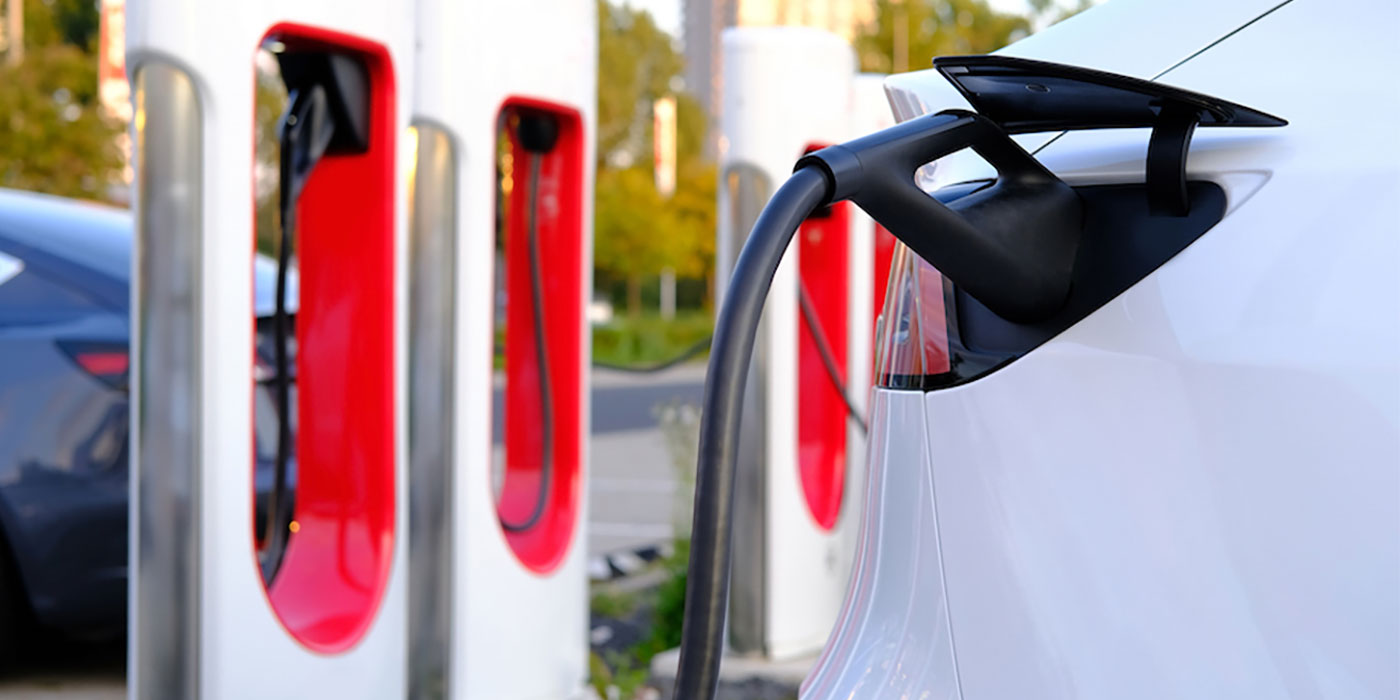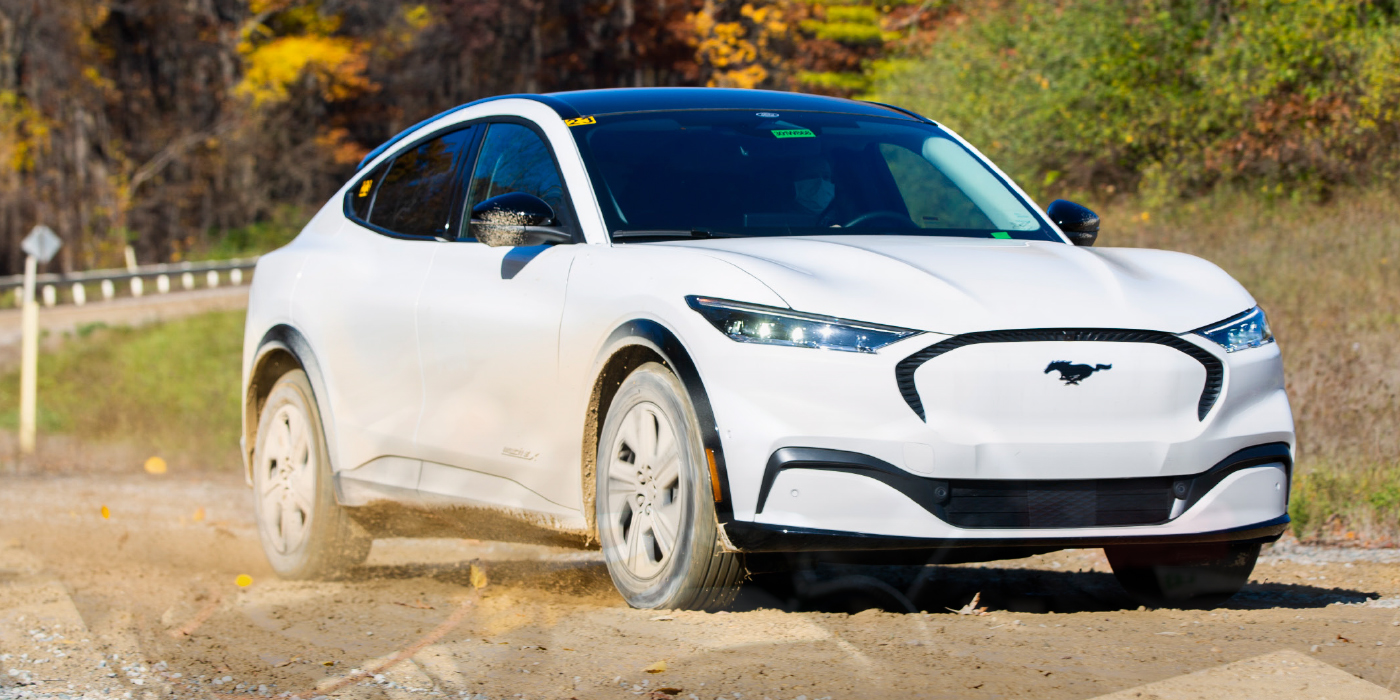From MEMA Washington Insider
The National Highway Traffic Safety Administration (NHTSA) has proposed a rule for setting minimum sound requirements for electric and hybrid vehicles. This rule, also known as the “Quiet Cars” rule, was mandated by Congress under the Pedestrian Safety Enhancement Act of 2010.
The rule pertains to electric and hybrid passenger cars, vans, trucks, buses and low speed vehicles capable of electric propulsion. Such vehicles will be required to emit a sound pedestrians can hear in a range of ambient environments and identify as coming from a vehicle. Because electric and hybrid vehicles can operate silently when in electric mode, there are additional risks to pedestrians, particularly people with visual impairments. NHTSA estimates that minimum sound requirements will eliminate 2,800 injuries every year and save roughly 35 lives.
Early last year, the proposed rule was submitted to the Office of Management and Budget for Executive Review and languished there through the end of the year. In a related endeavor, the United Nations Working Party 29 (WP.29) has an informal group called “Quiet Road Transport Vehicles (QRTV),” which is developing a global technical regulation (GTR) for hybrid and electric vehicles. MEMA has participated in some of the preliminary meetings of this GTR informal group. Thus, MEMA established a working group of companies interested in both the GTR and the NHTSA NPRM. The NHTSA NPRM was going to be one of the primary resource documents in developing the GTR.
The agency announced the preview of the rule on Jan. 7 and indicated the rule would be soon published in the Federal Register. Comments will be due within 60 days of publication.












